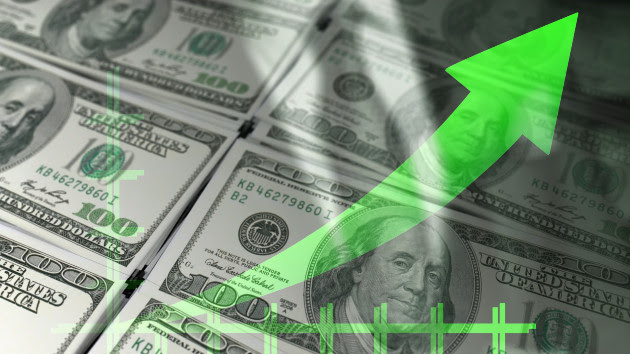(NEW YORK) — Policymakers will pay close attention to the release of price data on Thursday as the Federal Reserve weighs dialing back its inflation fight with a series of interest rate cuts.
The Fed expects to slash rates later this year, which would ease borrowing payments for everything from credit cards to mortgages.
The central bank’s ultimate approach, however, will depend on the course of inflation, Fed Chair Jerome Powell said last month. The latest data will offer a glimpse at what that path could be.
Economists expect prices to have risen 3.2% in December compared to a year ago. That figure would stand more than a percentage above the Fed’s target rate and mark a slight acceleration from the previous month.
Core inflation, a measure that leaves out volatile food and energy prices, is expected to deliver better news.
Economists expect core inflation to have climbed 3.8% in December compared to a year ago, which would amount to a slight cooldown from the previous month.
The rate decision arrives days after a jobs report for December showed hiring surpassed economist expectations, rebuking concern about a recession in the coming months.
The resilient jobs market aligns with optimism among many observers that the U.S. could avert an economic downturn, achieving a “soft landing” in which price increases return to normal levels while the economy continues to grow.
However, the robust economic performance may pose a challenge for the Federal Reserve as it tries to cool the economy and slow price increases.
Inflation stands well below last summer’s peak of over 9%, but remains well short of the Fed’s target rate of 2%.
The Fed risks a rebound of inflation if it cuts interest rates too quickly, according to some economists. An additional burst of economic activity for an already robust economy could hike demand and raise prices once again.
If the Fed maintains high interest rates for a prolonged period, however, the elevated borrowing costs could stifle business investment and consumer spending. Such an outcome could ultimately weigh on economic growth, corporate profits and employment.
Speaking at a press conference in Washington, D.C., last month, Fed Chair Jerome Powell urged caution about the outlook for the central bank’s effort to cool the economy and slow price increases.
“Inflation has eased from its highs and this has come without the significant increase in unemployment. That’s very good news,” Powell said.
“But inflation is too high, ongoing progress in bringing it down is not assured, and the path is uncertain,” he added.
Many market observers are expecting interest rate cuts as soon as a Fed meeting in March. As of last week, markets put the probability of a rate cut in March at 75%, said Ellen Zentner, chief U.S. economist and managing director at Morgan Stanley.
However, observers holding such expectations “may be in for a disappointment,” Zentner wrote last week, citing strong job gains that allow the Fed to keep rates high without fear of an imminent recession.
The cushion affords Fed policymakers “room to watch and wait,” Zentner added.
Copyright © 2024, ABC Audio. All rights reserved.












